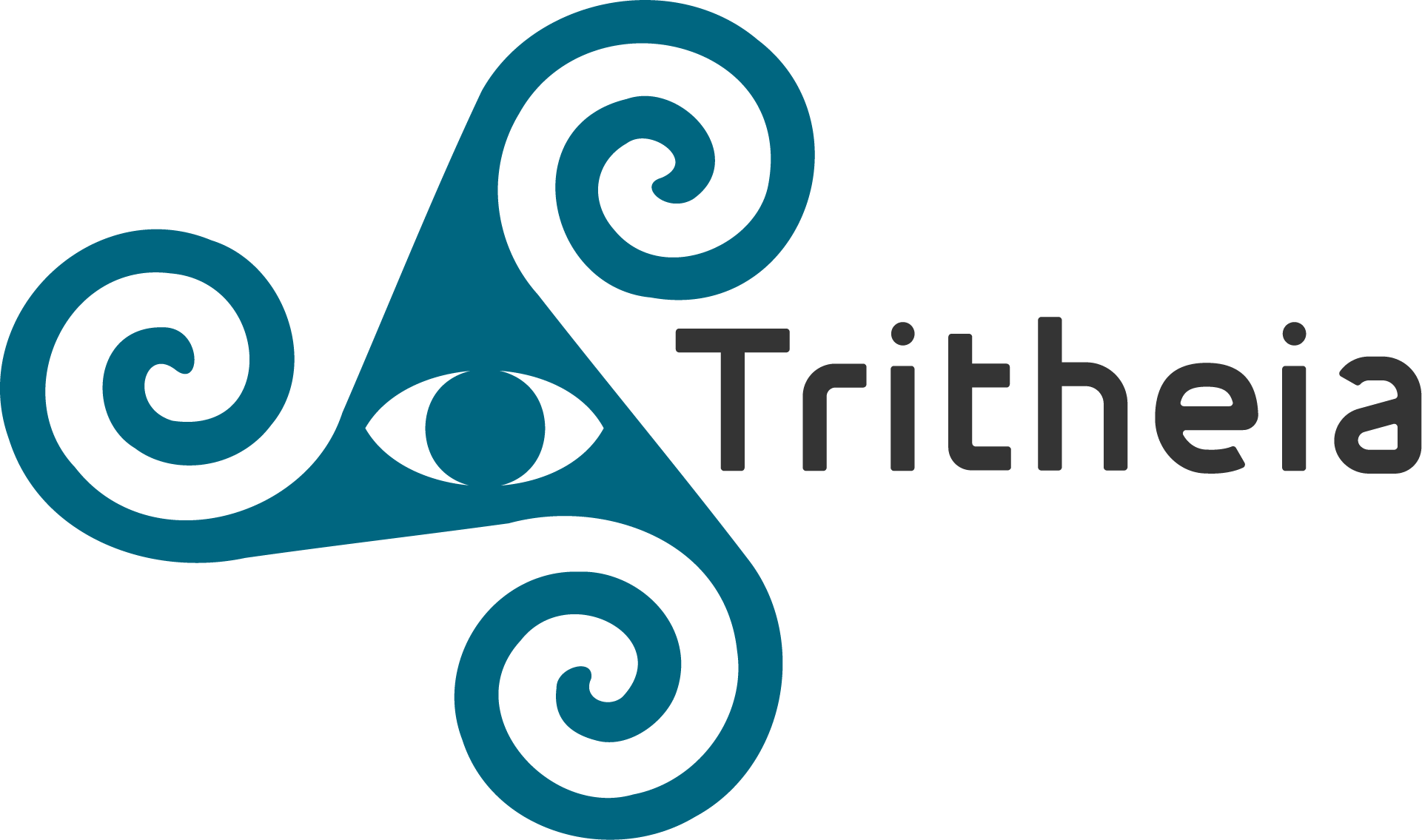Patching can be a really useful tool in treating a lazy eye, or amblyopia. We patch the good or stronger eye and have the lazy or weaker eye work harder, since it has to process what the person sees. It is an extremely effective tool, and there are plenty of studies that prove this. These studies give a behavioral optometrist guidance on how to implement the most impactful patching regiment based on the patients age group and progression. A behavioral optometrist works within set standards for determining how many days a week to patch, how many hours a day to patch, and how much and when to patch based on the progression of the patient.
Patching for kids
Patient compliance is always an issue, getting patches, especially on young kids, is tough because their vision is being impaired and they are forced to wear a patch and use their lazy eye. Oftentimes children will remove the patch when the parent is not looking or refuse to wear the patch. If a child does not comply with the recommended patching, that will obviously lead to this therapy not being effective.
That being said, behavioral eye doctors have a few options. They can prescribe patients fun stick on patches, and sometimes they can get children excited about wearing the patches on their glasses or convince them that pirates are cool. However compliance is one of the reasons why behavioral optometrists have begun to use alternative methods for treating lazy eye.
Alternatives to patching
Patching can be substituted with eye drops, which can be given to kids who are not really receptive to patching. These are once a day eye drops that are prescribed by an eye doctor. Research conducted on patching also provides comprehensive information to eye doctors on how many days these drops should be used and at what age group. There are also different computerized programs such as virtual reality goggles that occlude the stronger eye.
Another great option is vision therapy, which is vision exercises that are done to get the lazy eye to wake up by performing different tasks. Vision therapy is normally done once a week in the office or through Zoom in addition to daily exercises performed at home with the parents.
Monocular fixation in a binocular field
Monocular fixation in a binocular field, also known as MFBF, is considered the current Gold Standard for the treatment of amblyopia. One of the problems with patching is that we are only training the patient's weaker eye to work without training it to work as part of a team of two eyes. With Monocular fixation in a binocular field the behavioral optometrist is training and strengthening the weaker eye however this training is done while both eyes remain open. Filters are used to achieve the MFBF effect. During a vision therapy session, for example, a child is given the task of tracing the right path out of a maze by using red markers. If this is the case, we would place a green filter in front of the weaker or lazy eye. Because there's a green filter in front of the eye, this particular eye can still see the target and complete the maze. A red filter covers the other strong eye, so this eye cannot see the target at the moment despite it being open. In other words, both eyes are open, but the weaker eye must complete the task all by itself. When we keep both eyes open and use filters, we can control which eye receives the strength training and which visual signals the brain is able to interpret all while the brain is learning to continue to use both eyes together for vision. Learn more about MFBF.











